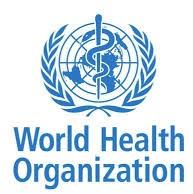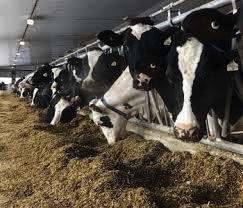 Since late March, 28 cases of bovine influenza-H5N1 (and counting!) have been diagnosed in eight states. To date this has not impacted either total milk supply or prices of fluid milk, based on the negligible reduction in supply.
Since late March, 28 cases of bovine influenza-H5N1 (and counting!) have been diagnosed in eight states. To date this has not impacted either total milk supply or prices of fluid milk, based on the negligible reduction in supply.
Without a preliminary epidemiologic study, operators of dairy herds have initiated procedures to limit introduction of infection. Initial observations suggest that H5N1 influenza virus is introduced into the vicinity of herds by domestic wild birds susceptible to the virus including grackles and pigeons as reported for the index farm in Texas.
In the absence of structural and operational biosecurity as used in the poultry industry, dairy herds appear vulnerable. Workers are evidently tracking virus into the vicinity of farms and congregation of animals in close proximity during milking appears to favor animal-to-animal infection. Milking machines may be implicated in direct transmission of virus among cows even to the level of a mammary quarter. The emergence of a single case of human influenza H5N1 in a dairy-herd worker highlights the need for personnel protective equipment.
 Initial evidence suggests that movement of live animals among states is responsible for wide geographic spread of bovine influenza-H5N1. Accordingly, as many as 17 unaffected states with dairy production have imposed restrictions on movement of live animals from affected areas. Ultimately demonstration of freedom from infection by PCR surveillance will be necessary to allow interstate movement.
Initial evidence suggests that movement of live animals among states is responsible for wide geographic spread of bovine influenza-H5N1. Accordingly, as many as 17 unaffected states with dairy production have imposed restrictions on movement of live animals from affected areas. Ultimately demonstration of freedom from infection by PCR surveillance will be necessary to allow interstate movement.
At this time, risk to human populations appears exceptionally low given the fact that only one mild human case has been diagnosed, against the reality of thousands of person-day contacts on affected farms. Milk from infected cows has apparently not entered commercial supply. Pasteurization effectively destroys influenza virus.
Studies are in progress to characterize the H5N1 strain responsible for bovine influenza-H5N1. Mutations have occurred in avian strains of the virus allowing infection of carnivorous animals coming into contact with dead birds. A disquieting series of infections among marine mammals in the U.S. northeast and along the Pacific coast of South America and an outbreak in farmed mink in Spain confirm that mammal-to-mammal infection occurs.
National and international human and veterinary health agencies are monitoring the presence of infection in livestock and assessing the risk for human infection. The World Health Organization is relying on regional influenza reference laboratories to detect the emergence of human infection and the Agency has established contingency plans for a possible pandemic occurrence.
The World Organization of Animal Health is recommending the adoption of preemptive immunization as an adjunct to biosecurity to suppress outbreaks. It is self-evident that concentration of large numbers of commercial poultry in endemic areas represents the potential for mutations and recombinant events, ultimately representing a danger for human populations. This would in large measure be reduced if large egg-production complexes in high-risk areas were to be vaccinated.